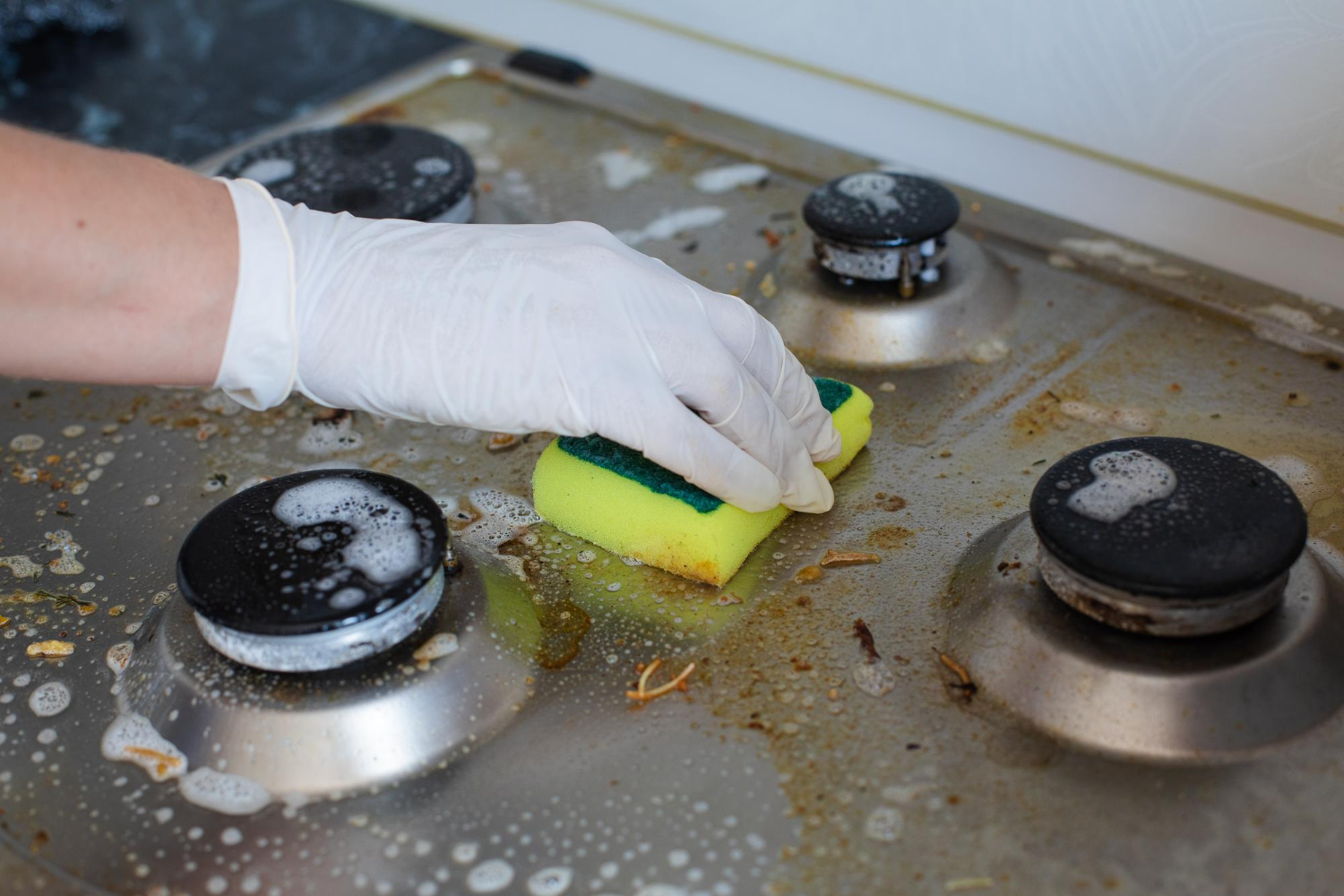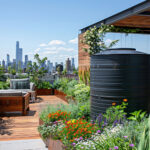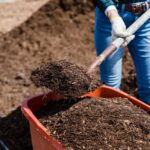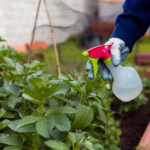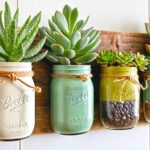Now Reading: Fertilizer Alternatives That Actually Work
-
01
Fertilizer Alternatives That Actually Work
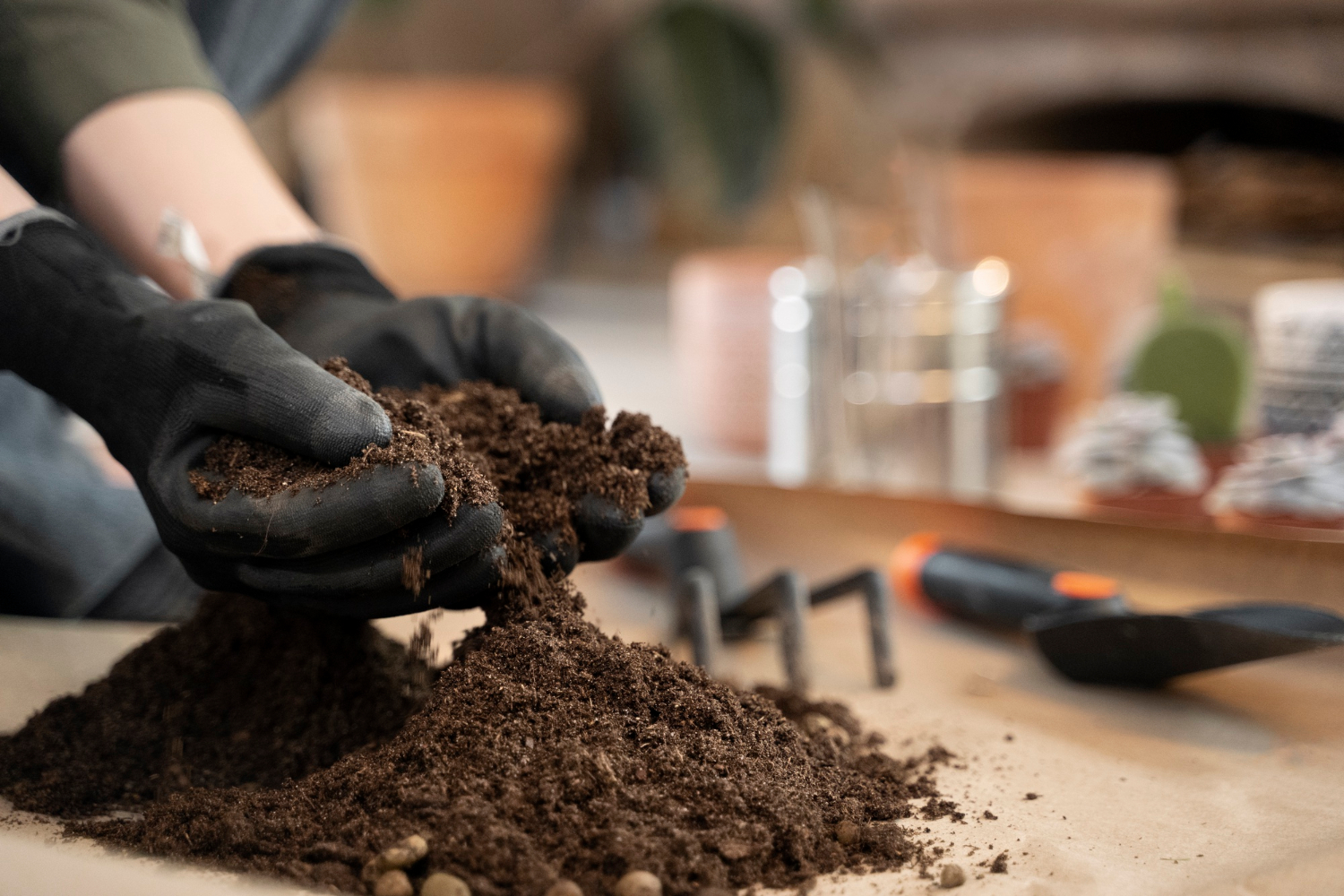
Fertilizer Alternatives That Actually Work
Intro: the fertilizer truth and your garden’s mood swings
You don’t like it, but your garden is moody. One day it’s bursting. The next it’s wilting like a neglected salad. Mistake No. 1: Most gardeners usually reach for a shiny bag of commercial fertilizers, assuming that it’s a miracle fix-it for soil as poor as your grandmother’s cooking. But artificial fertilizers are your soil’s equivalent of fast food — the immediate benefit comes with long-term regret.
And that’s where fertilizer alternatives can come in. The slow-cooked meals of the gardening world — loaded with real nutrition, no odd additives or preservatives and all that beneficial bacteria to make your soil sing.
I learned this the hard way. Years ago, I overfed my lawn with one of those so-called “balanced fertilizers.” It was “burned-everything green.” My poor patch of grass appeared to have a terrible dye job. I have since gone whole hog into natural, with everything from fertilizer teas to two-ingredient fertilizer solutions that reek but grow veggies as if by magic.
Let’s get to what actually works.
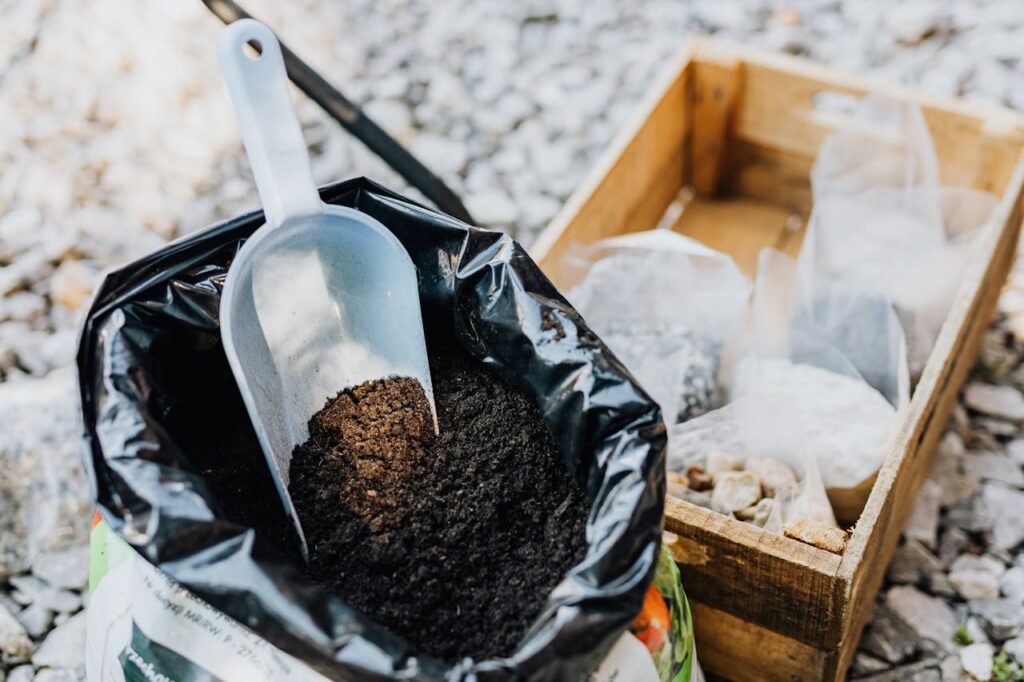
Fertilizer alternatives 101: give your soil a snack attack
Any gardener worth a furrow knows that plants need more than sunshine and pep talks. They need nutrients — nitrogen for lush growth, phosphorus for strong roots and potassium for the overall health of a plant. Together they are the holy trinity of fertilization.
But here’s the twist: dumping synthetic fertilizers into your soil every season is kind of like feeding anything a drink made entirely of 100 percent caffeine. They get hooked. Just like that, your soil health takes a nose dive; texture turns to a pile of crap and the nutrient uptake is thrown into disarray.
A sunny garden ecosystem relies on nitrogen-fixing bacteria, organic matter and natural fertilizer ingredients that nourish the soil – to create a symbiotic relationship between plants and earth. The goal? Make a natural rotating gardening system for your soil, maintaining water and pH balance as well as naturally-enforced plant resilience.
That’s not just Eco-friendly. It’s smart gardening.
Fertilizer alternatives: the organic gardener’s secret weapon
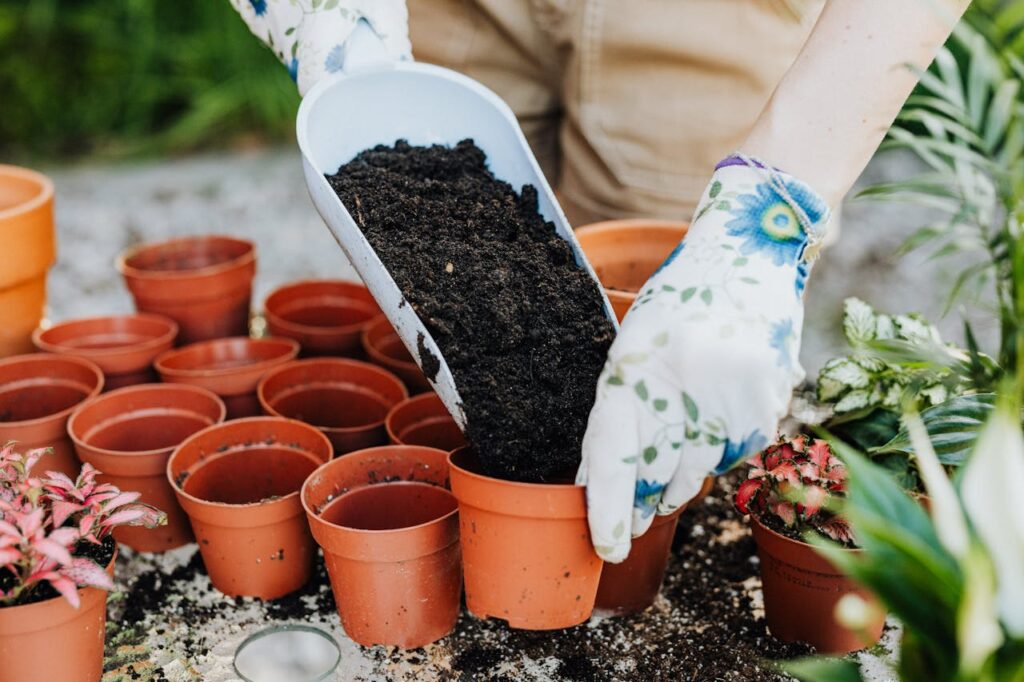
We’re discussing fertilizer alternatives – they truly are the unsung of natural gardening. They’re inexpensive, effective and, surprisingly enough, not that hard to make.
Think of them as comfort food for your soil: home-cooked, wholesome and a bit smelly.
1. The original earth mover: compost
Compost is the all-time lay home gardener’s favorite word — and with good reason. It’s created from brown waste, plant matter and kitchen scraps that rot down into rich, nurturing goodness.
This, more accurately stated, means your soil has a buffet of essential nutrients — nitrogen, phosphorus and potassium — as well as a honk of organic love. It adds to soil moisture, texture and baths dull acidic soils in life affirming what sit.
Here’s a pro tip: If your compost stinks of death, you’ve added too many wet elements. Mix more brown waste, such as dry leaves or shredded paper. At its essence, composting is soil cooking — if you get the recipe right, your plants are in for a five-star dinner.
2. Worm castings: the icky, but good idea for feeding your plants
Ah, worm poop — also known as nature’s slow-release fertilizer. It’s high in nitrogen, phosphorus and potassium, and it improves nutrient availability more effectively than most commercial products.
Blend some worm castings into your garden soil and your plants will act like they’ve gone on a spa weekend.
Oh, and you can totally build your own worm bin. A plastic container, plant matter and a few red wigglers is all you need. The results? A rich in nutrient material that helps keep your plants alive and your wallet full.
3. Fermented fertilizer soup: stinky but powerful
Now we enter the mad-scientist realm of gardening — fermented fertilizers. They’re like kombucha for your plants.
Toss in more: add a bucket of banana peels, coffee grounds and a dash of non-chlorinated water. Leave it be for a few days to ferment. The result is a nutritious soup loaded with potassium and nitrogen promoting elements.
This diy fertilizer soup is great for veggies, grass and potted plants. It is also a wonderful fertilizer substitute for people who can’t stand to waste kitchen scraps.
4. Weed tea: transforming the enemies into fertility
Weeds. We all know we have them, we hate them. But don’t throw them away; eat them.
Soak some of those garden weeds in a bucket of water for a week and you’ve got yourself one mean fertilizer tea chock full of natural nutrients. It’s a fertilizer tea made from weeds that transforms the villains in your backyard into heroes of the fertilizer kingdom.
Smells terrible. Works brilliantly.
5. Milk ferment: the farmer’s secret fertilizer trick
Yes, milk. Fermenting it will develop a potent fertilizer which will increase the quality of your plants and improve soil amendment as well.
Blend old milk with a little molasses and allow it to ferment. Then dilute and apply as a liquid fertilizer. The soil was conditioned by the Lactobacillus bacteria, which is ideal for plants that thrive in acidic soil.
This was something I once did in my tomato patch. The plants switched from shy and scrawny to bold and bossy. That’s sort of like if they joined a gym.
Lawn fertilizer – how to have a chemically-free healthy yard
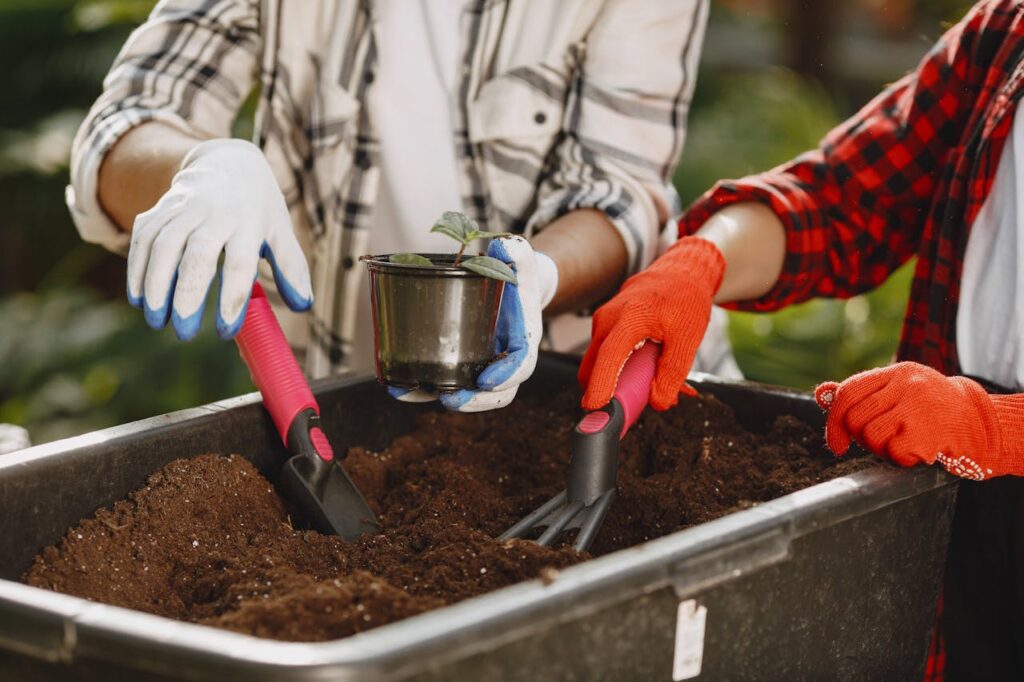
When it comes to the average lawn, most of us panic if we see one yellowing patch and then run out and pick up whatever commercial fertilizer is closest. But guess what? Natural fertilizer alternatives to get your grass lush and green minus synthetic stuff.
DIY Lawn Fertilizer Recipes
- Two-ingredient fertilizer formula: Combine Epsom salt with baking soda and water. Perfect for cool-season grasses.
- Vinegar fertilizer: A mild acid ingredient that can give wonderful results on acidic soils.
- Fertilizer tea: Compost or manure tea can be used as a liquid fertilizer since it’s easy on the roots.
Not only are these organic fertilizer options cheaper, they’re also safer for pets, pollinators and kids who believe lawns are playgrounds.
Lawn fertilizer schedules: how often is too often?
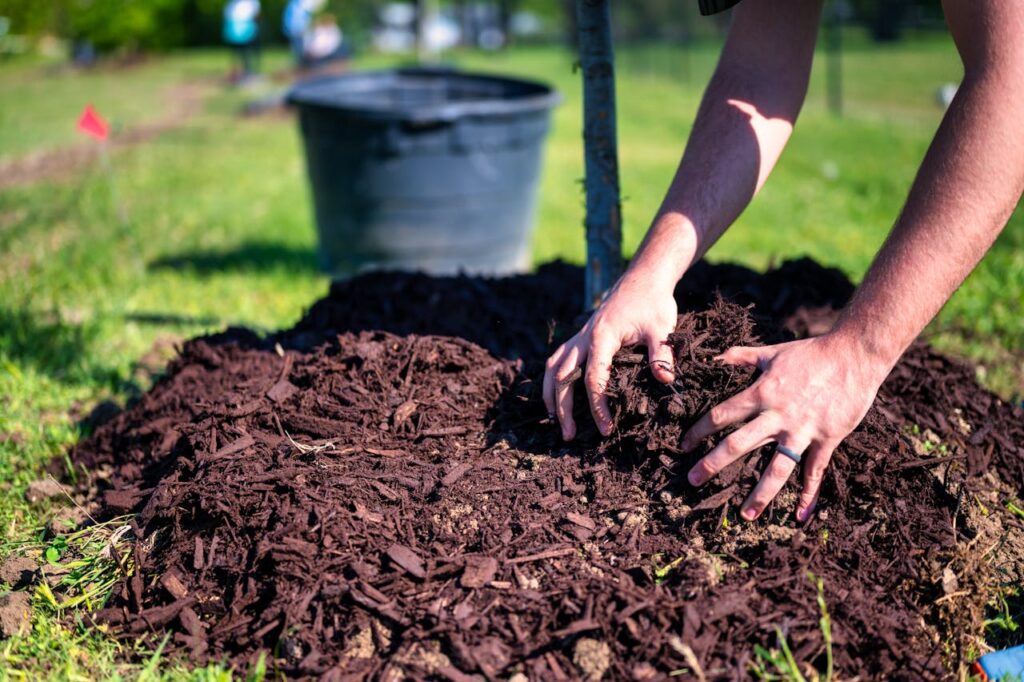
Here’s a good rule of thumb: fertilize your lawn like you would feed yourself — regularly, but not obsessively.
A formalized fertilization plan could be described as follows:
- Spring: New growth is supported with nitrogen-rich fertilizers.
- Summer: Apply slow-release fertilizer to combat heat stress.
- Fall: Select a winter lawn fertilizer to promote root strength.
- Winter: Skip it. Your grass is napping.
Over fertilizing can lead to nitrogen emissions, soil retention issues and harm salt-sensitive plants. The secret is the moderation of a lawn that looks like it’s alive, not radioactive.
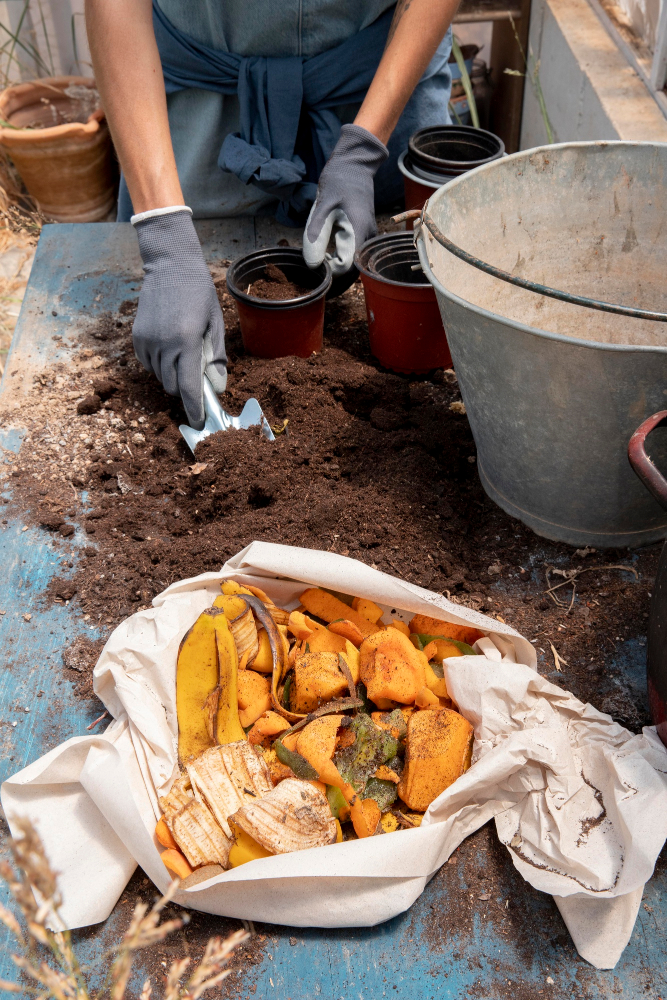
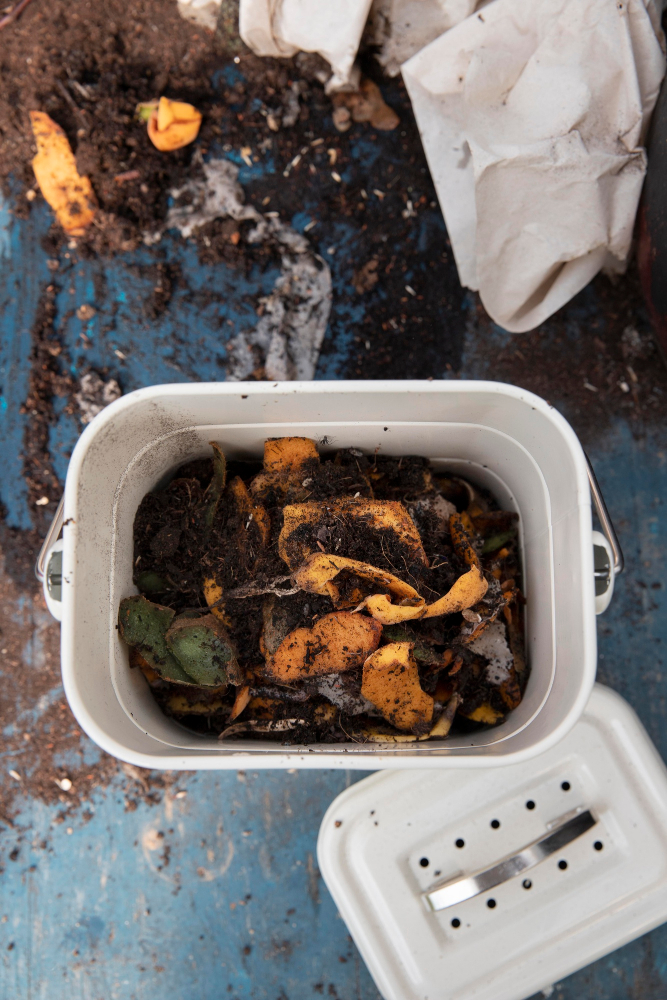
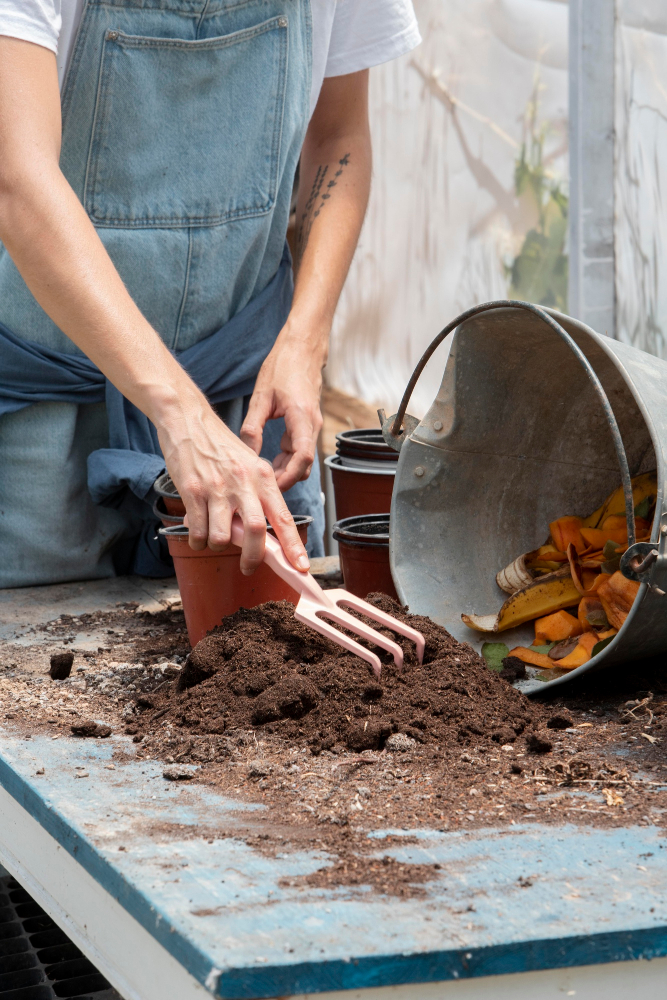
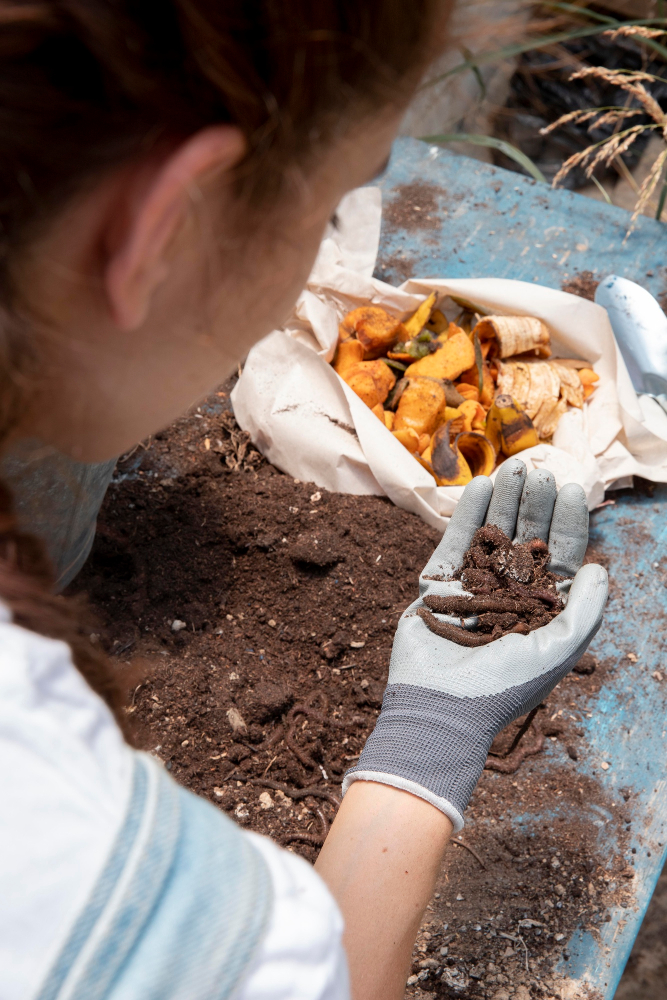
fertilizer alternatives for all types of gardeners
Whether you’re a weekend gardener or an organic farmer or just someone who wants fewer brown patches, there is a fertilizer alternative for you.
- Bio fertilizers: As for biological fertilization, they mean the use of nitrogen fixation bacteria to increase fertility in natural environment.
- Dry fertilizers: Good for farming and slow-acting on the nutrient release.
- Liquid fertilizer recipes: Best for houseplants, quick-growing greens.
- Slow-release fertilizers: Perfect for forgetful gardeners (I’m not judging).
And for those of you willing to go all in, devise your own organic program — a combination of compost, mulch and fermented fertilizer teas. Your soil will thank you with lush growth, happy microbes — and fewer weeds.
Why organic fertilizer is better than synthetic stuff
Let’s be honest. Synthetic fertilizers offer the illusion of a quick fix, but they leach life from your soil. Organic fertilizer builds it up. It’s like the contrast between a cup of instant noodles and home-cooked stew.
Organic fertilizers improve soil moisture, promote nitrogen fixation and help develop long-lasting plants. And in addition, they’re safe for food crops and vegetables — unlike some commercial fertilizers that can leave behind chemical residues.
Organic fertilizer substitutes help to keep your garden fertile, your plants tough, and your conscience clean.
Real talk: my garden’s complicated relationship with fertilizer
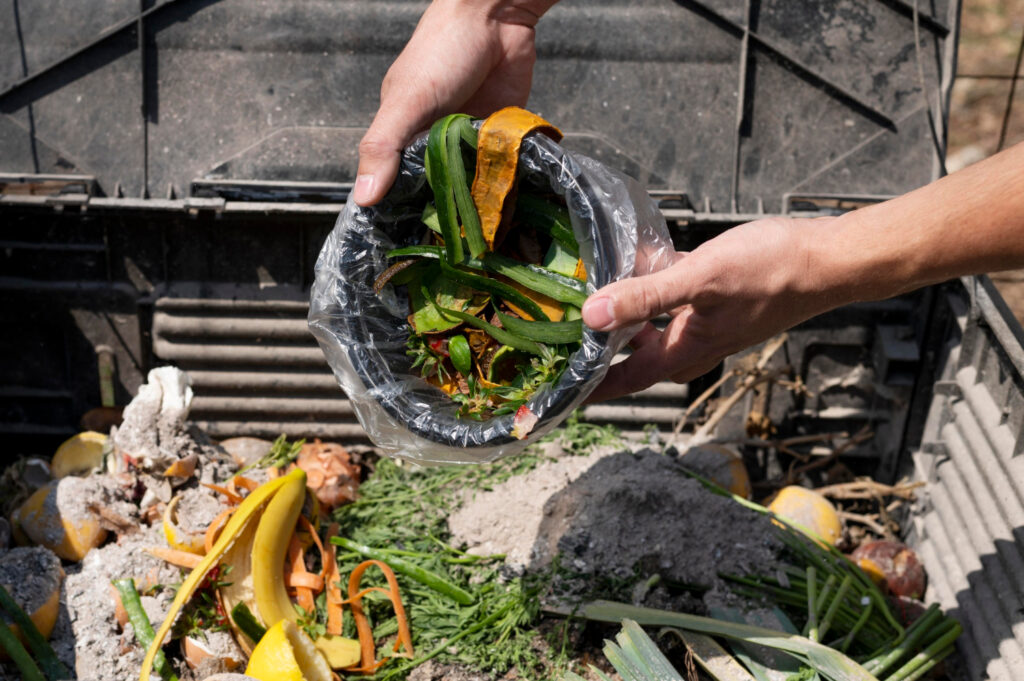
I have a few years ago experimented with one of those glossy “unstoppable fertilizer force” brands. The ad promised miracles. No, instead my basil resembled one that had been out too late partying. Fertilizing was confusing, and I solved some of my soil problems but I spent the summer apologizing to the plants.
A switch to supplementary fertilizer — compost, worm castings and fermented brews — was a turning point. The soil finally began storing up nutrients more, moisture was better and I noticed that my plants started to glow (not the radioactive kind).
It appears the good gardening tool is not in a bag; it’s in the patience to let nature take its course.
Conclusion: the fertilizer alternatives that keep giving
Here’s the thing, though: you don’t need lab-made mixes to grow beautiful plants. All the same, you don’t need much more than balance, a little bit of kitchen bravura and ingenuity.
From fermented fertilizers and weed teas to organic compost and bio fertilizers, these cell-activating garden inputs revitalize your garden—naturally, affordably and without harming the earth.
So skip the chemical aisle. Roll the banana peels into your compost bin to kick-off natural fertilization today! Your soil (and even your plants) will thank you in a profusion of flying green.
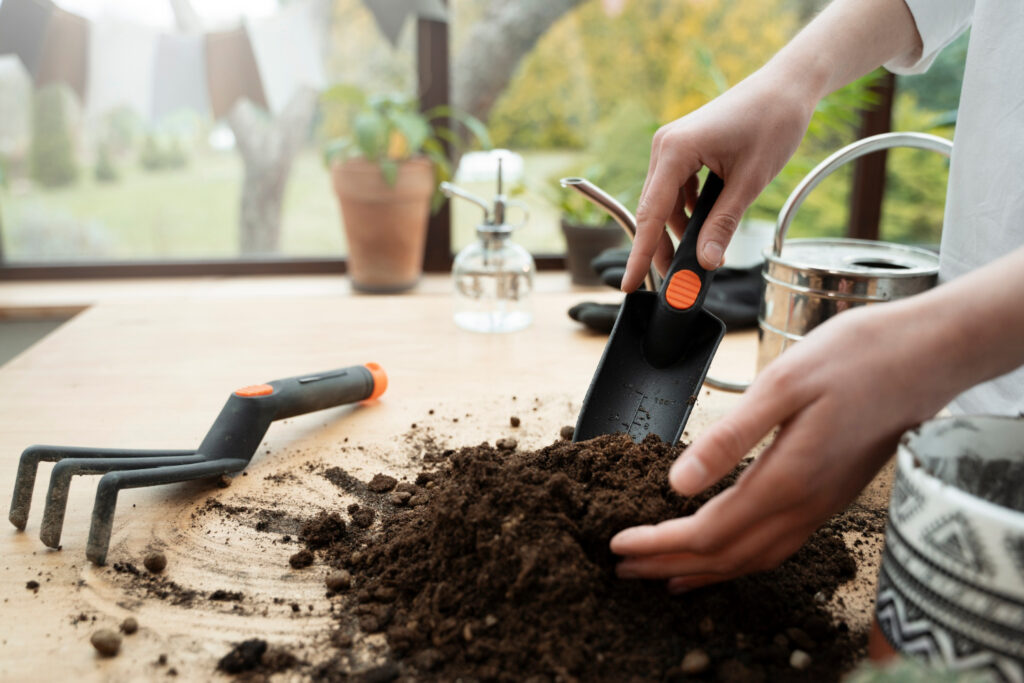
You might also like these gardening life hacks:
1. You might think you need a full greenhouse, but with Herb and Vegetable Growing Indoors Like a Pro, even your apartment window can become a VIP garden lounge.
2. Forget wrestling with dandelions; Weed Removal Hacks That’ll Outsmart Mother Nature make your backyard the only place weeds file restraining orders.
3. If your water bill makes you wince, check out Water Saving Irrigation Techniques: Smart Tips for Efficient Irrigation, because even your plants shouldn’t be on a diet.
4. Want sprouts faster than your morning coffee kicks in? Seed Germination Shortcuts for Greener Thumbs will have you bragging to neighbors about your instant garden fame.
5. Tired of chemical warfare in your garden? Pest Control without Chemicals: Natural, Safe, and Effective lets you shoo bugs politely—think “go away” instead of “boom.”
The Secret Life of Fertilizer Recipes: Garden Experiments Gone Right (and Sometimes Wrong)
If you’ve ever stood in your backyard with a jar of mystery liquid fertilizer that smells like a wet sock and said to yourself, “This better work,” well, congratulations: You’re now officially a real gardener.
Because the thing is: Half of gardening is trial, half error, and somewhere in between there’s a jar of fermented fertilizer tea bubbling like a science fair project.
Here are a few fertilizer recipes that suspiciously resemble cooking — but in this case, for soil.
1. The Two-Ingredient Fertilizer Solution
This is the instant-noodles version of gardening. All you need is:
Epsom salt (for magnesium and sulfur)
Water of the banana peel (for potassium and phosphorus)
Stir or shake it, and you have a customized fertilizer for potted plants and veggies. It is a nutrients-packed, fast-working fertilizer faster than bad rumor in a small town.
2. Coffee Grounds and Eggshell Combo
If your mornings end with coffee grounds and breakfast eggshells, then you’re essentially producing alternate fertilizers by mistake.
Both also work to increase soil texture, balance acidic soil and deliver slow-release nutrients to the seedlings.
It would be like the perfect DIY dry fertilizer — inexpensive, effective and questionably suspicious for anyone walking by.
3. The Vinegar Fertilizer Twist
Here’s one for your acid soil plants — blueberries, azaleas and picky hydrangeas that are divas about their soil pH.
Dissolve a tablespoon of vinegar in one gallon of not-chlorinated water.
Voila, homemade organic fertilizer that wakes up your salt-sensitive plants without the side show.
Just don’t be too excessive — or your soil will start hissing like a soda can.
4. Winter Fertilizers: The Cozy Blanket for Your Backyard
When cool-season grasses stop growing and warm-season grasses start to go dormant, break out the winter fertilizers.
Consider them the lawn’s hot chocolate — low on nitrogen, high on potassium and good for repairing roots.
A light winter lawn fertilizer application in late fall will help your grass grow lush and healthy throughout the spring. Trust me, the results are just as brutishly absurd as going out in December without socks.
5. The Great Fertilizer Soup Debate
Some gardeners pledge their allegiance to fertilizer soup — a smelly, bubbling stew of fermenting plants, compost and milk ferment.
Others start gagging at the mere thought of it.
But the results? Unreal. It’s filled with essential vitamins and natural nutrients that will make your plant grow like a weed!
You will know it’s ready when it smells somewhere between soy sauce and bad decisions. That’s how you know it’s working.
6. The Irrigation Dream: Nature’s Teamwork at Work
At the end of the day, your garden does not require a chemical major intervention. It needs teamwork.
Organic farmers call it permaculture. I call it lazy brilliance, outsourced heavy lifting — like a library adding a new room and letting the public do all the reading.
Combine it with some compost, mulch and bio fertilizer, and you have yourself a potent weapon for keeping your garden fertile all year.
It is a circular gardening system — self-sustaining, rewarding and kind of magical.
7. When Patience Is the Only Fertilizer You Need
The best fertilizer for your garden may be time.
Nature knows already, how to fertilize, recycle plant matter and feed itself.
We just have to leave it alone with another “miracle mix,” every five minutes.
Keep track of the soil moisture, maintain good soil retention and allow your nutrient benefits to occur naturally on their own.
That’s how you end up with resilient plants and nutrient-rich boosts — without digging into your savings for shiny bottles.
8. The Gardener: Calm Down and Compost More
A lot of gardeners get too intellectual with offers of fertilization, but it’s really all about balance.
Whether you are dealing with seasonal fertilization programs, a mid-season feeding regimen or a comprehensive fertilization program for lawn care, remember one thing:
Your plants don’t need perfection. They need consistency.
Add a science lesson, some compost and plenty of humor — and all of a sudden you’re not just growing plants. You’re growing confidence.
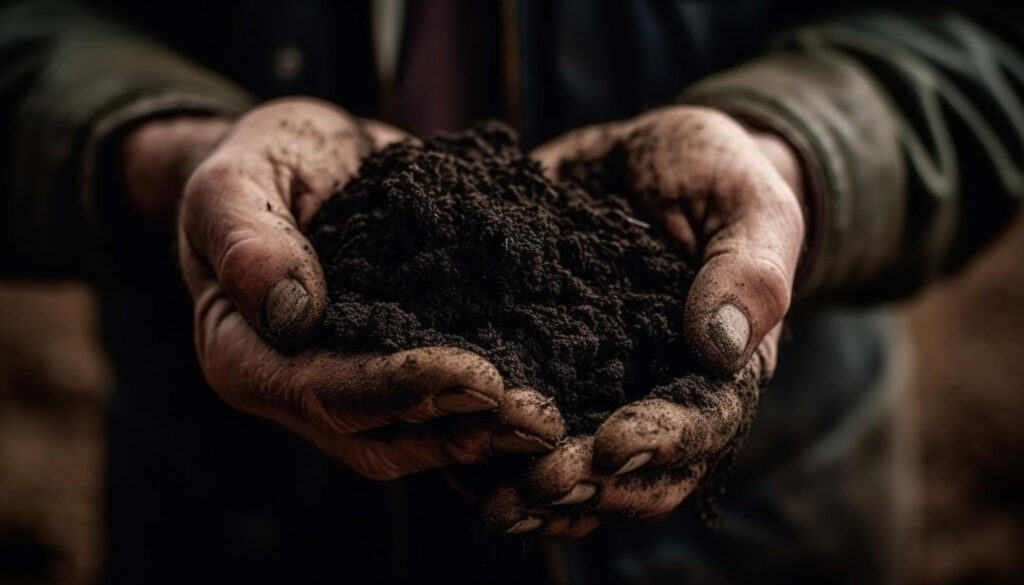
Best piece of advice: The garden doesn’t judge your experiments.
Your fertilizer alternatives may not always smell good, they might not always have the best curb appeal or be a source of prideful boasting to your neighbors — but your garden soil will tell you the truth.
If it’s alive and teeming with life and moist, and with the occasional happy worm wriggling around, that is a good sign you’re doing it all correctly.
Each scoop or sprinkle, each bizarre fertilizer treatment you put your plants through is woven into the end result of a nutrient-rich soup your plants are begging for.
So make that vinegar (no, not the coffee kind) fertilizer, that mean fertilizer tea or just toss those coffee grounds into your compost like a renegade scientist.
The result? Healthy crops, happy soil — and a gardener who finally understands why dirt smells like victory.














